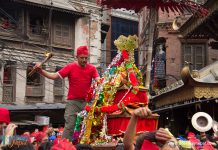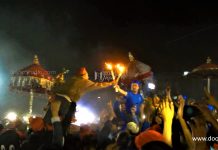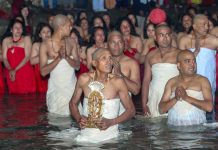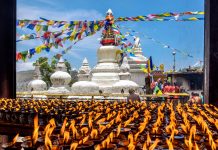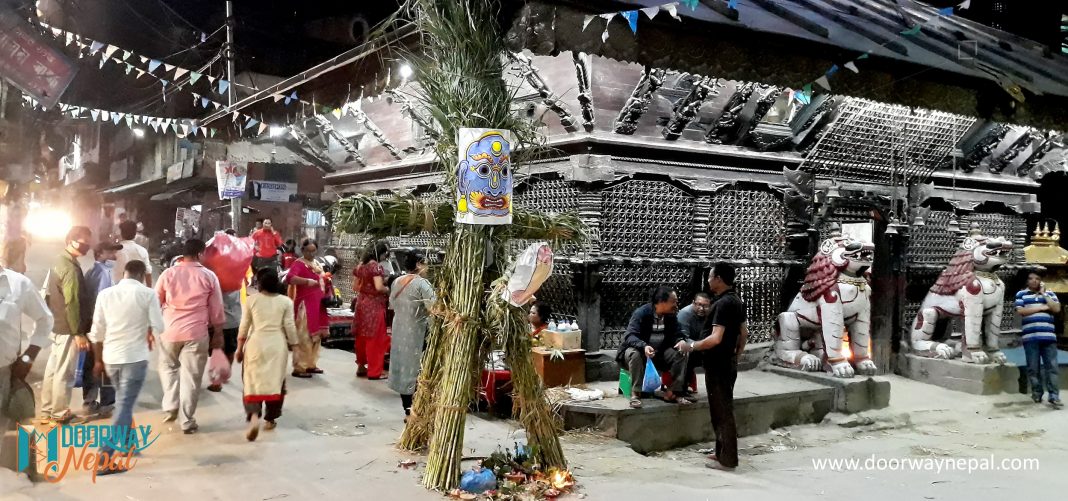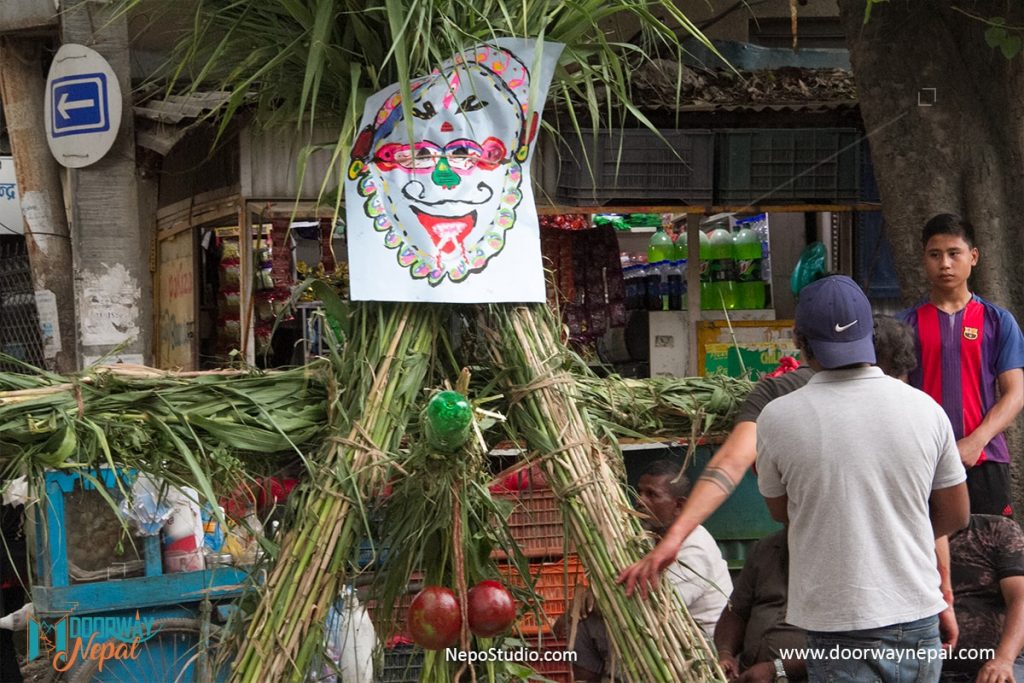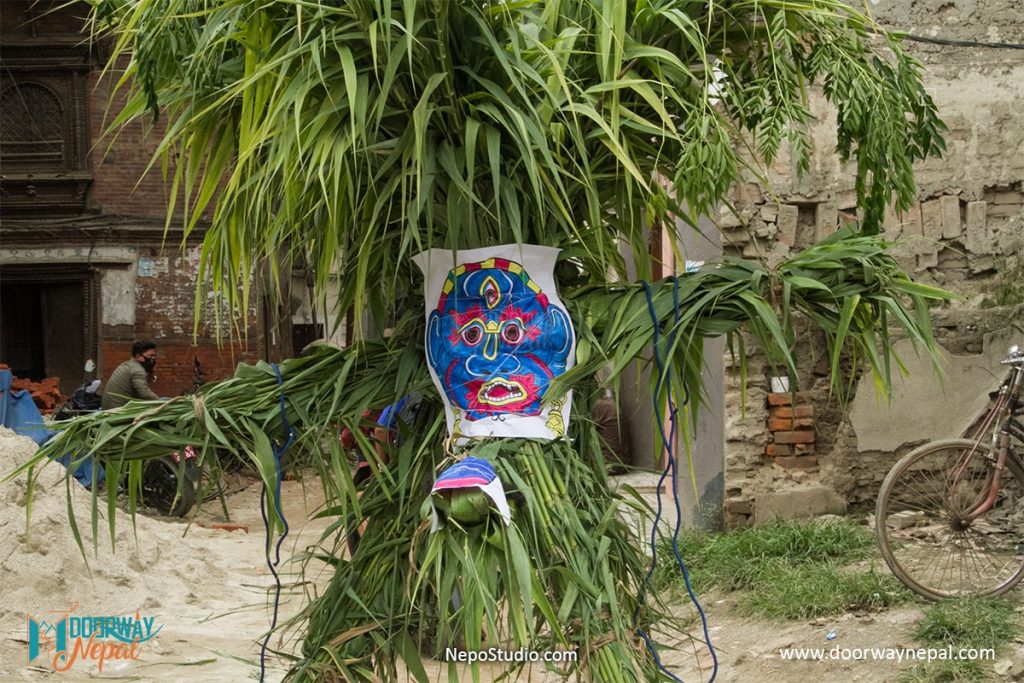The Gathemangal festival has synonyms like Ghantakarna and Gathemangal Chaturdasi. This festival is most popular with the people of Newar community and although you may not be a Newar, chances are that you might have taken a leave in this festival. If you ask children and youngsters about this festival, then they’ll simply reply ‘You have to wear a ring today or a ghost will take you away’. This may seem a bit funny to a curious individual but this fact is partly correct. The gulleys of the Kathmandu Durbar Square are filled with ring vendors and toy sellers. Amidst the cacophony of children, bike horns, and prayers, you’ll find a dummy which is erected out of bamboos. This is the mighty demon Ghantakarna and this festival revolves around him. There is more to this festival than just wearing rings and in this blog, we shall decipher it.
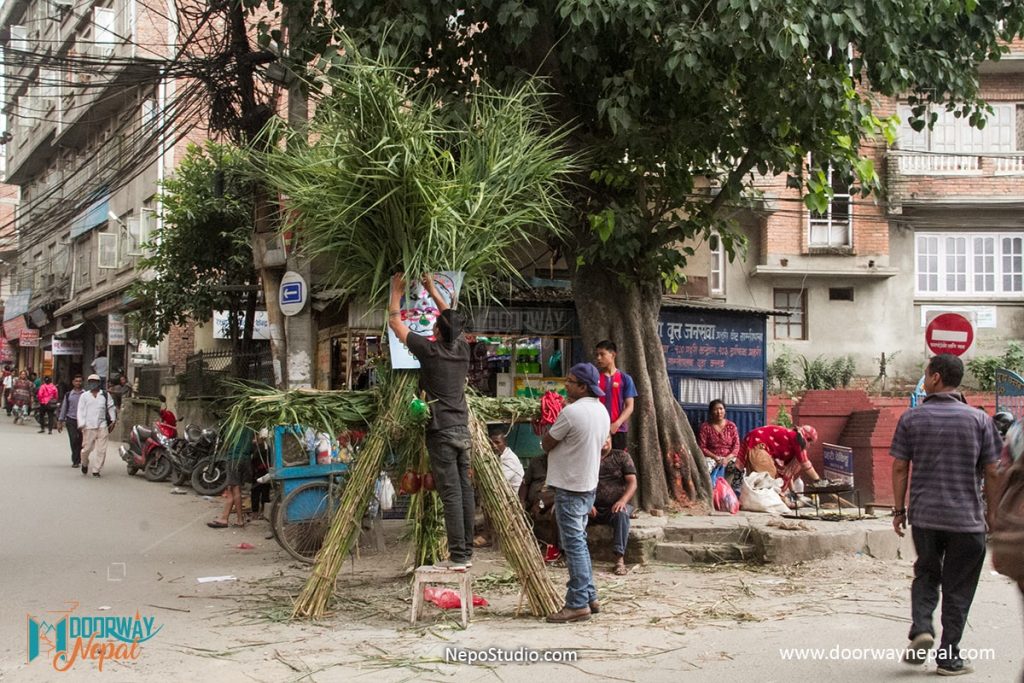
This festival falls on Shrawan Krishna Chaturdashi or in the starting of August or the end of June. In 2019, it is celebrated on June 30. As you wander along the streets, you’ll be greeted by a dummy which is made up of bamboo, straw, and a scary mask painted on paper. Wander around Nardevi and you’ll see locals making this dummy. The task to create such dummies falls on the shoulder of guthis (communities). As per a local, “It is mandatory to make this dummy. We will be punished by the guthi if we don’t construct it. I don’t see it as a burden as it is quite enjoyable too. We get a day off from work and get to enjoy.” After the festival, people dine on Samayabaji which is a local Newari cuisine. The dummy is placed where people travel the most and people offer clothes, dolls, and salt to it. There is a popular belief that dictates if you offer things to Ghantakarna, then you’ll get rid of all bad omen.
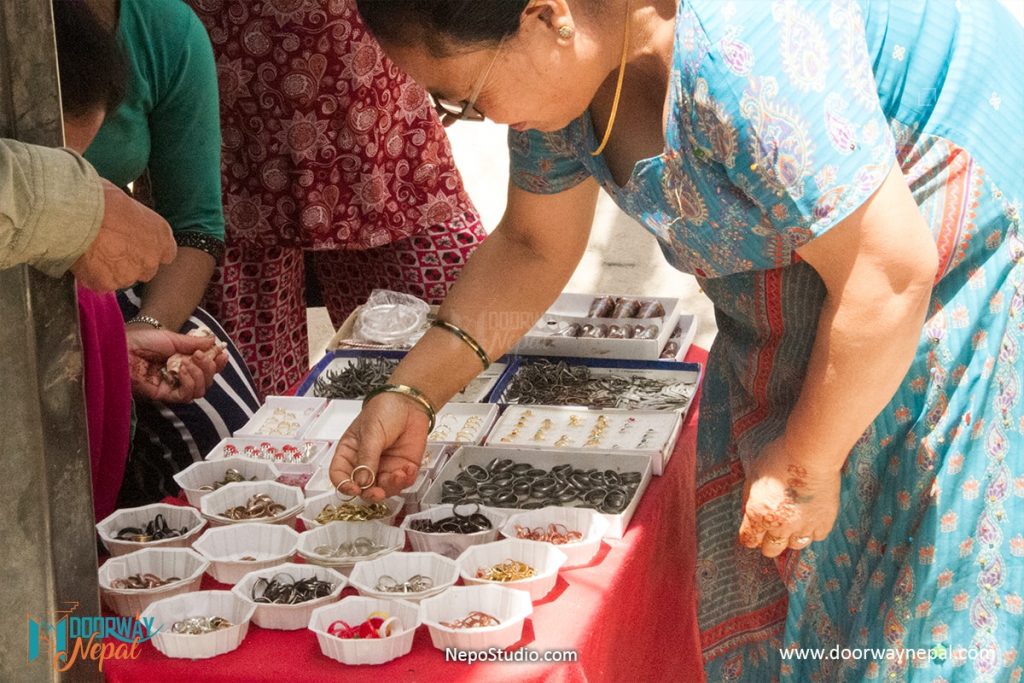
In this festival, people clean their houses and there are small plays on the streets. Girls donate their handmade dolls to Ghantakarna whereas boys wear iron rings. The purpose of doing so is to get rid of bad spirits and omen. Small children wear ornaments made of gold and silver on their ankles. People hammer an iron ring in their house as protection too. Young boys roam the streets shouting ‘Aaju Jaya Haa, Om Shanti Jaya Nepal.’ The collected money is used for religious purposes. A man impersonates ‘Aaju Jaya’ by draping himself in paint. After the rituals are completed, the dummy is set on fire and taken to the river. The man impersonating ‘Aaju Jaya’ escapes. The burning of the dummy signifies people throwing the impurities and evil things away from life.
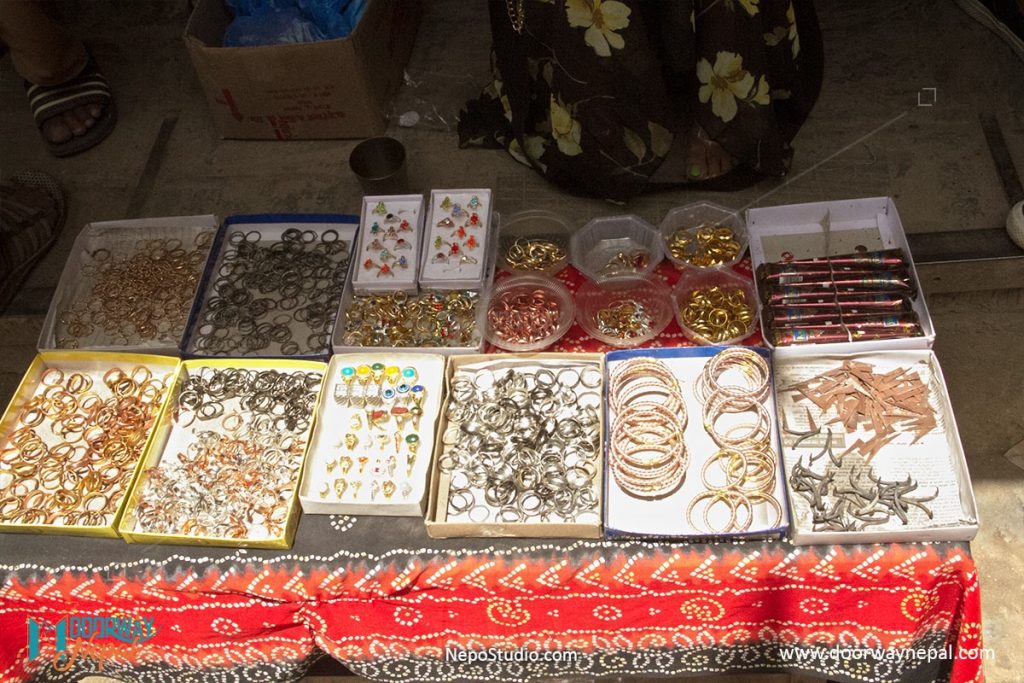
There are many sources which state the origin of this festival. One myth state that in the past, there was once a demon who wore bells in his ears. The name Ghantakarna is derived from two words. Ghanta means bells, and Karna means ears. This demon troubled the local people by stealing their children. No matter how hard they tried, the people could not kill this demon. Seeing the plight of humans, a clever frog helped them by drowning the demon in the muddy swamps. From that day onwards, people began worshipping frogs as well.
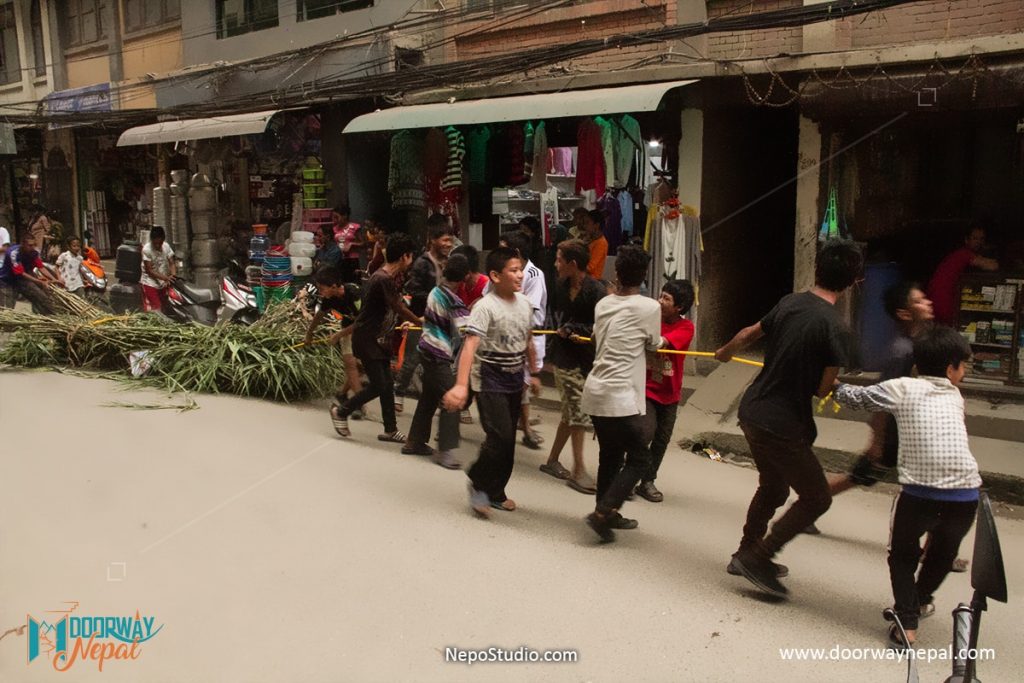
Another story dictates that in the past, humans took support from ghosts to complete rice plantation. The task was completed but it came with a drawback in the sense that the demons ate too much. To banish the ghosts, they celebrated Gathemangal and chased the ghosts away from their homes to the rivers.
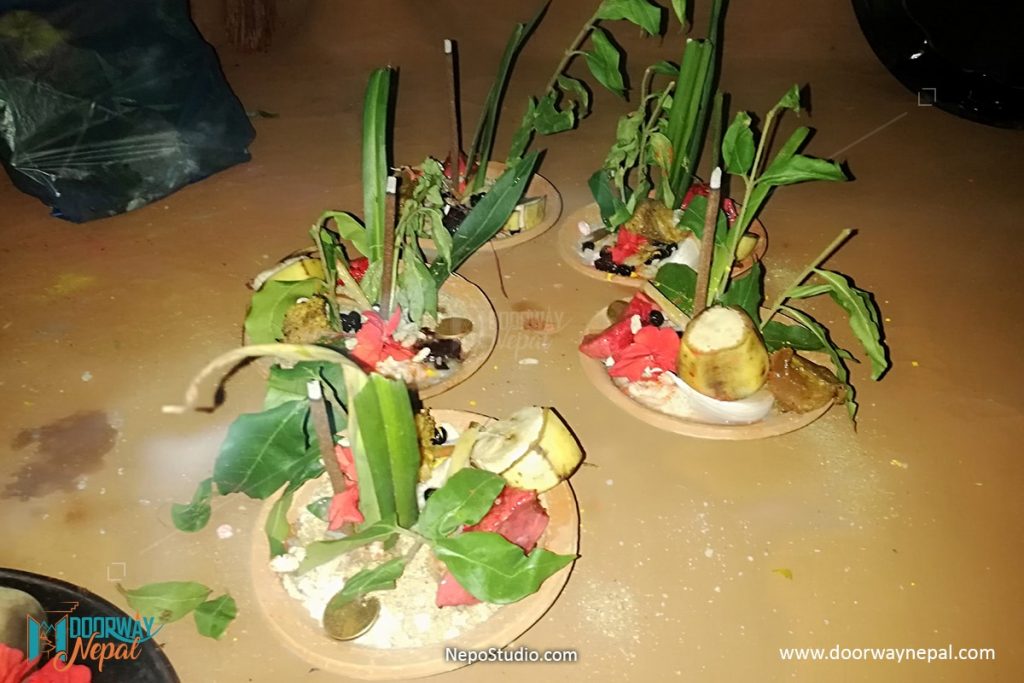
Another source states that Ghantakarna is an incarnation of Lord Bhairav. Lord Bhairav is known as Aaju Dyo and it can be implied that Bhairav is Ghantakarna. Ghantakarna may also be an incarnation of Lord Kumar which is seen from the fact that Lord Kumar wear bells in his ear similar to Ghantakarna. We can see this image of Kumar in Kamladi Ganesthan and Kumbeshwor in Patan. So, in a sense we cannot label Ghantakarna as a demon.
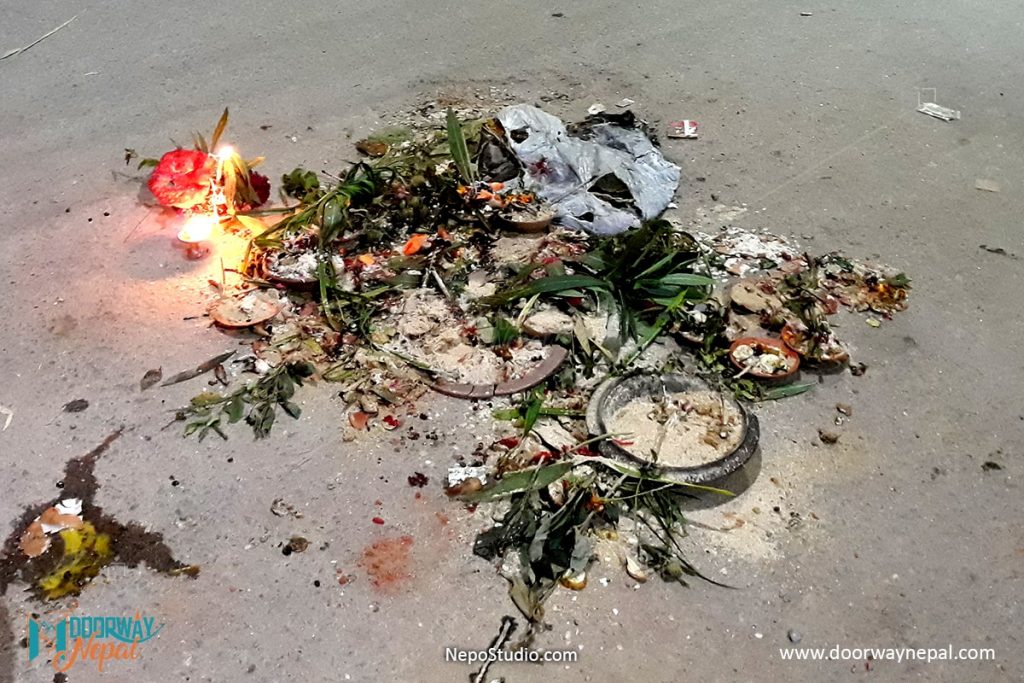
In the Newari dialect, Gathemangal is also known as Gathaanmo. Gaa signifies house, Thaan means pillars, and Mo means the process of tying up. During the festival of Rato Macchindranath, there is a practice of tying the wooden poles together to construct the chariot. This process is termed as Gathaanmo Chigu. People of Patan follow a similar process to make Ghantakarna, but the reeds are bounded together with straw ropes. Due to this reason, if the Bhoto Jatra festival hasn’t been conducted till Shrawan Krishna Chaturdashi, people in Patan don’t construct the dummy of Gathemangal as the Gathaanmo Chigu process is already carried out while building the Rato Macchindranath chariot.
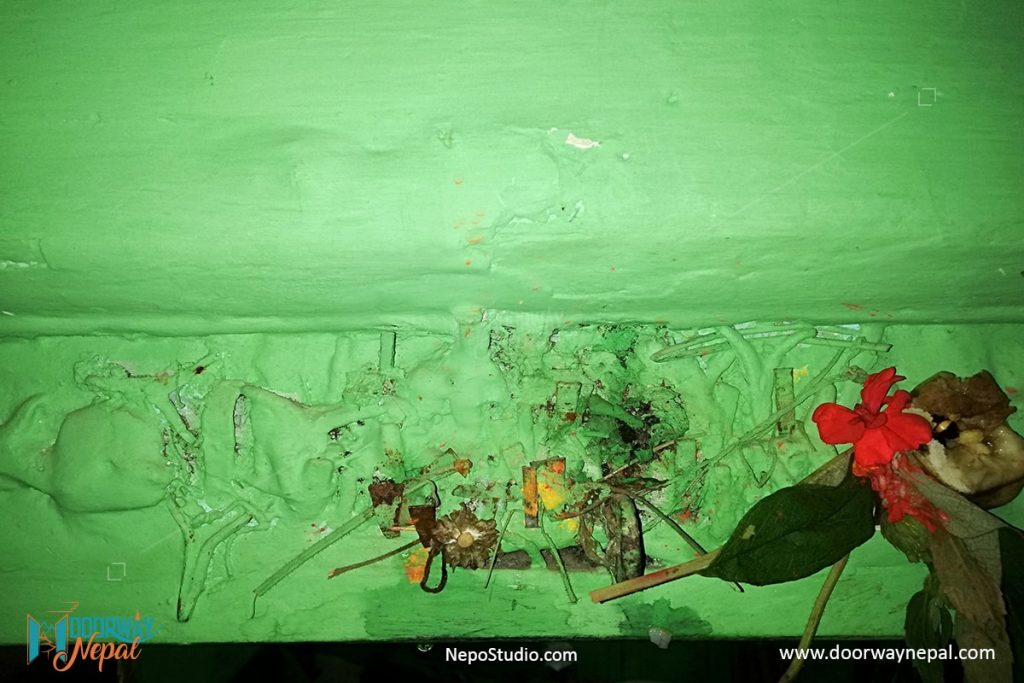
In a nutshell, the Gathemangal festival not only signifies getting rid of bad spirits, but it also symbolizes support, strength, and vigor.



